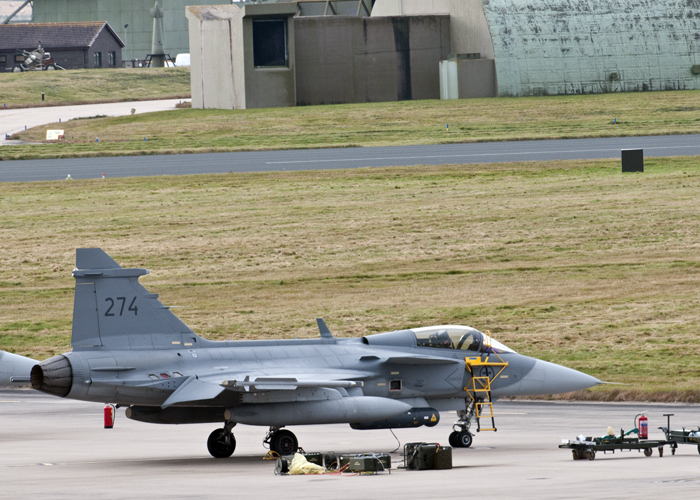Security fears have been raised after UK ministers confirmed they had agreed to sell-off the jet fuel pipeline to RAF Lossiemouth.
The £82million privatisation of a network that includes the 40-mile pipeline from Inverness to the air base was branded “wholly unnecessary” by Moray MP Angus Robertson last night.
He warned that the sale could compromise operations at RAF Lossiemouth – and questioned whether local farmers on the route would allow access to their land for commercial purposes.
The Ministry of Defence announced yesterday that it had agreed to sell the Government Pipeline and Storage System (GPSS) to Spanish firm Compania Logistica de Hidrocarburos (CLH).
Up to 80 staff from the government’s Oil and Pipelines Agency will become CLH employees when the deal is completed at the end of next month.
The GPSS was established at the beginning of World War Two in 1939 to provide a secure oil distribution network for the country.
It is used by airports and military bases, transporting 40% of the UK’s jet fuel through about 1,500-miles of pipes and associated storage depots, pumping stations and other sites.
There are two stretches in Scotland, one is a 40.6-mile link between Inverness and Lossiemouth, and the other is a 5-mile route from Linkswood to Leuchars.
During a fuel crisis in 2013, when the giant Grangemouth petrochemicals complex was on the brink of closure, UK Government officials said its contingency plan to keep North Sea helicopters flying offshore from Aberdeen was to use the pipeline.
The MoD insisted yesterday that it had negotiated an enduring contract with CLH which would protect the provision of GPSS-supplied aviation fuel to military bases over the first 10 years, at a cost of £237million.
But Mr Robertson, the SNP’s defence spokesman, raised concerns.
“The sale of this publicly-owned pipeline by the UK government was wholly unnecessary, and will have a detrimental effect on Lossiemouth and its operations,” he said.
“If the new commercial operator were to break the contract, how would the UK Government compensate for the RAF not receiving enough fuel in a crisis?
“The pipes also run under agricultural land and so this sale raises issues of access if the landowners do not allow their land to be used for commercial purposes.”
Announcing the deal yesterday, Defence Minister Philip Dunne said: “I am delighted with the successful completion of another defence asset sale.
“Signing this transaction with CLH has generated a major capital receipt while safeguarding supply of aviation fuel to both military and civil customers throughout the United Kingdom.
“The £82million proceeds from the sale represent excellent value for money for the taxpayer and will allow us to continue to focus our resources on the front line.”
CLH already operates and maintains a 2,500-mile network of oil pipelines and storage systems serving major airports across Spain.
The MoD embarked on the privatisation process in July 2014.
The company’s chairman, Jose Luis Lopez de Silanes, said: “The purchase of the GPSS is the first acquisition that CLH has undertaken outside Spain in a European country and it represents an important step in our internationalisation strategy.
“Thanks to this deal, CLH has increased its current oil pipeline network by 50% and continues to progress in the internationalisation project it started in 2014 with the creation of a joint venture in Oman for the construction of a pipeline network in that country.”
